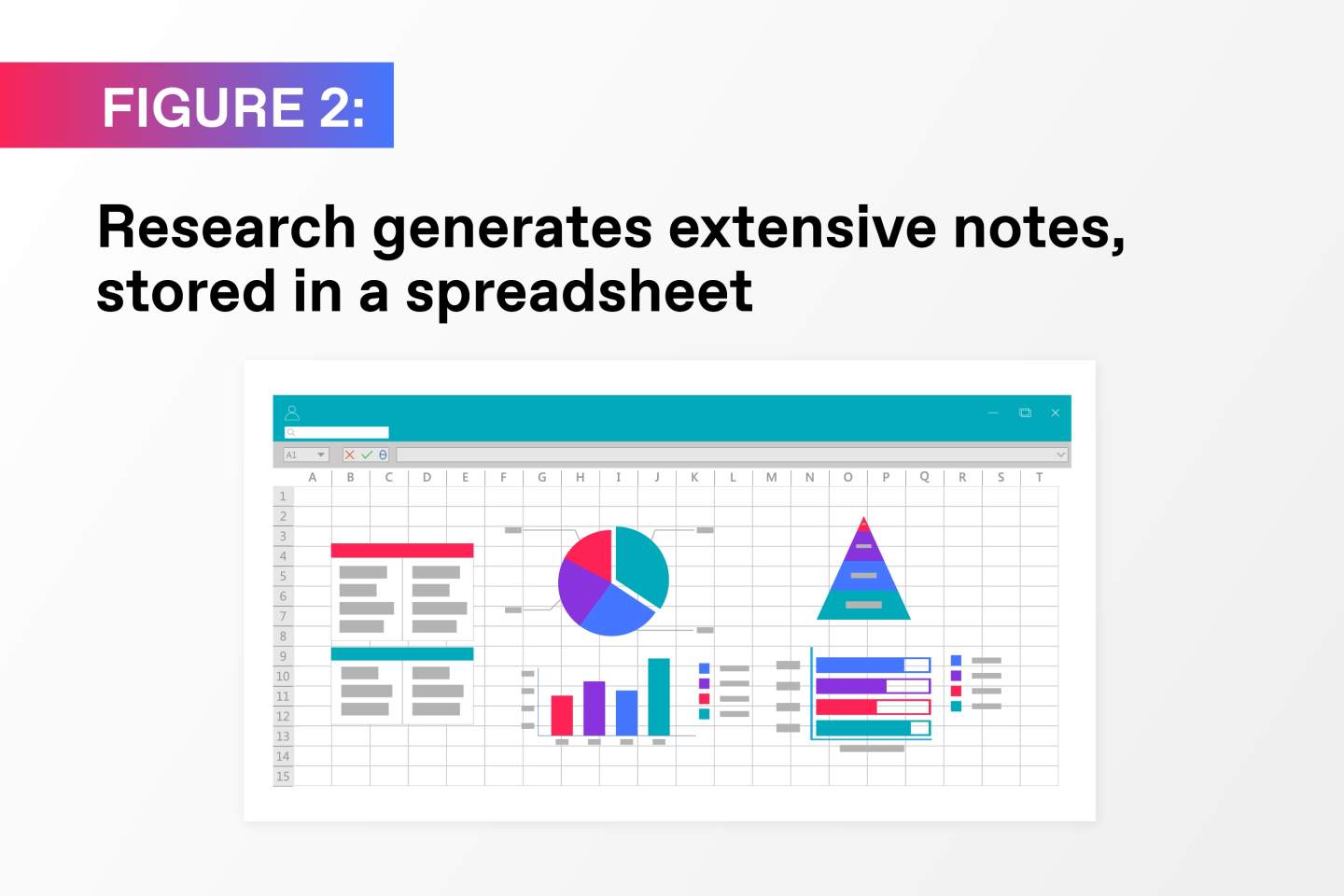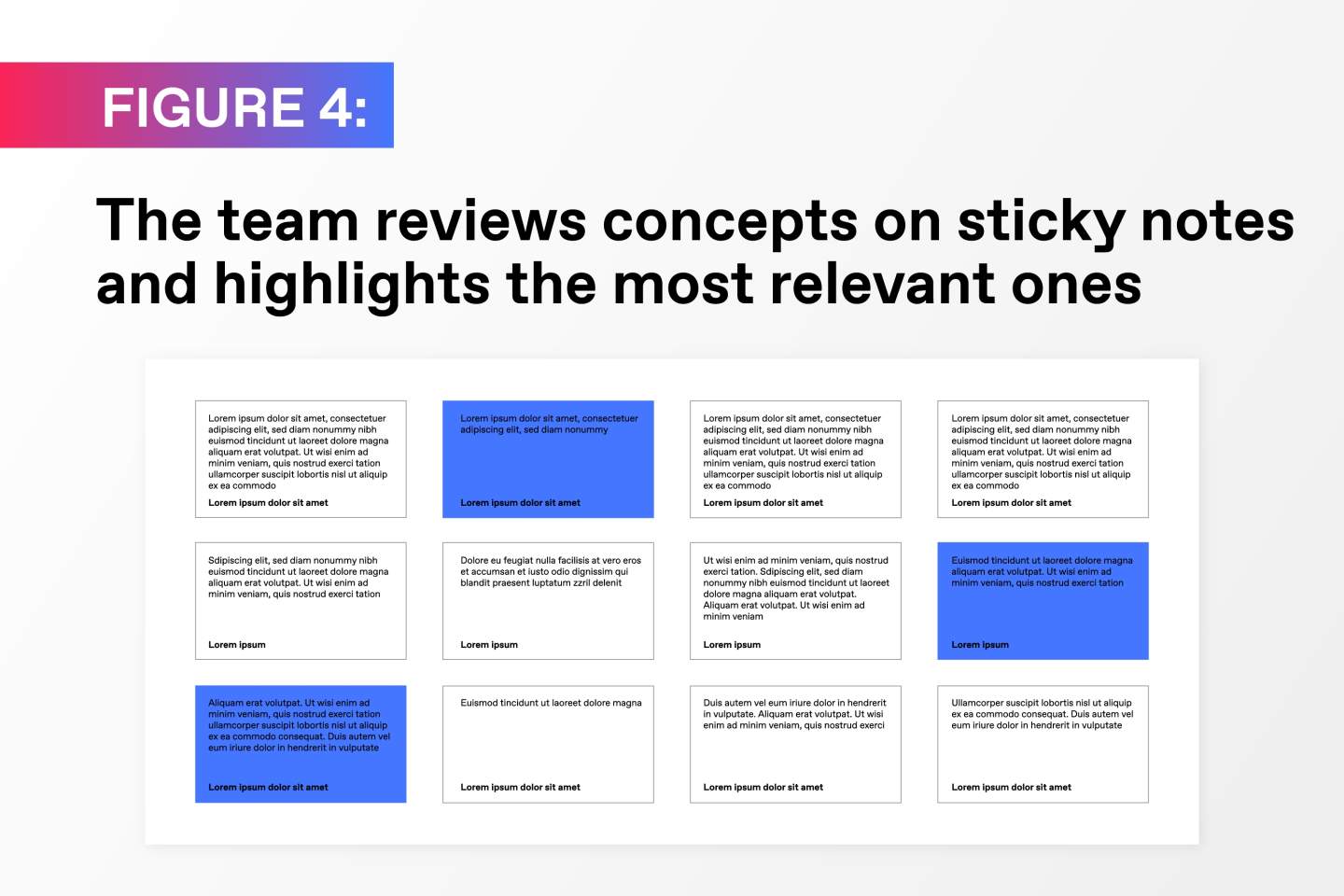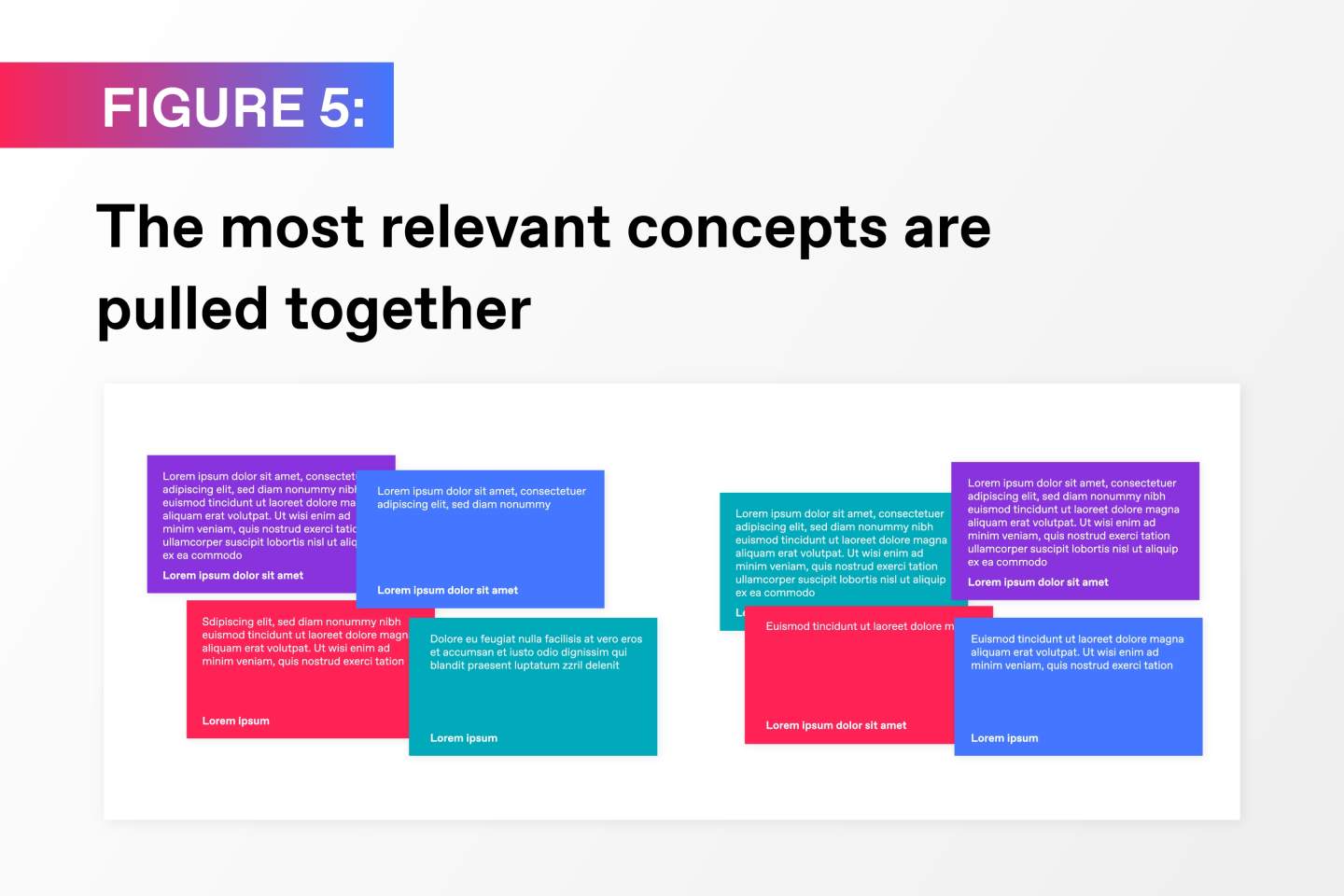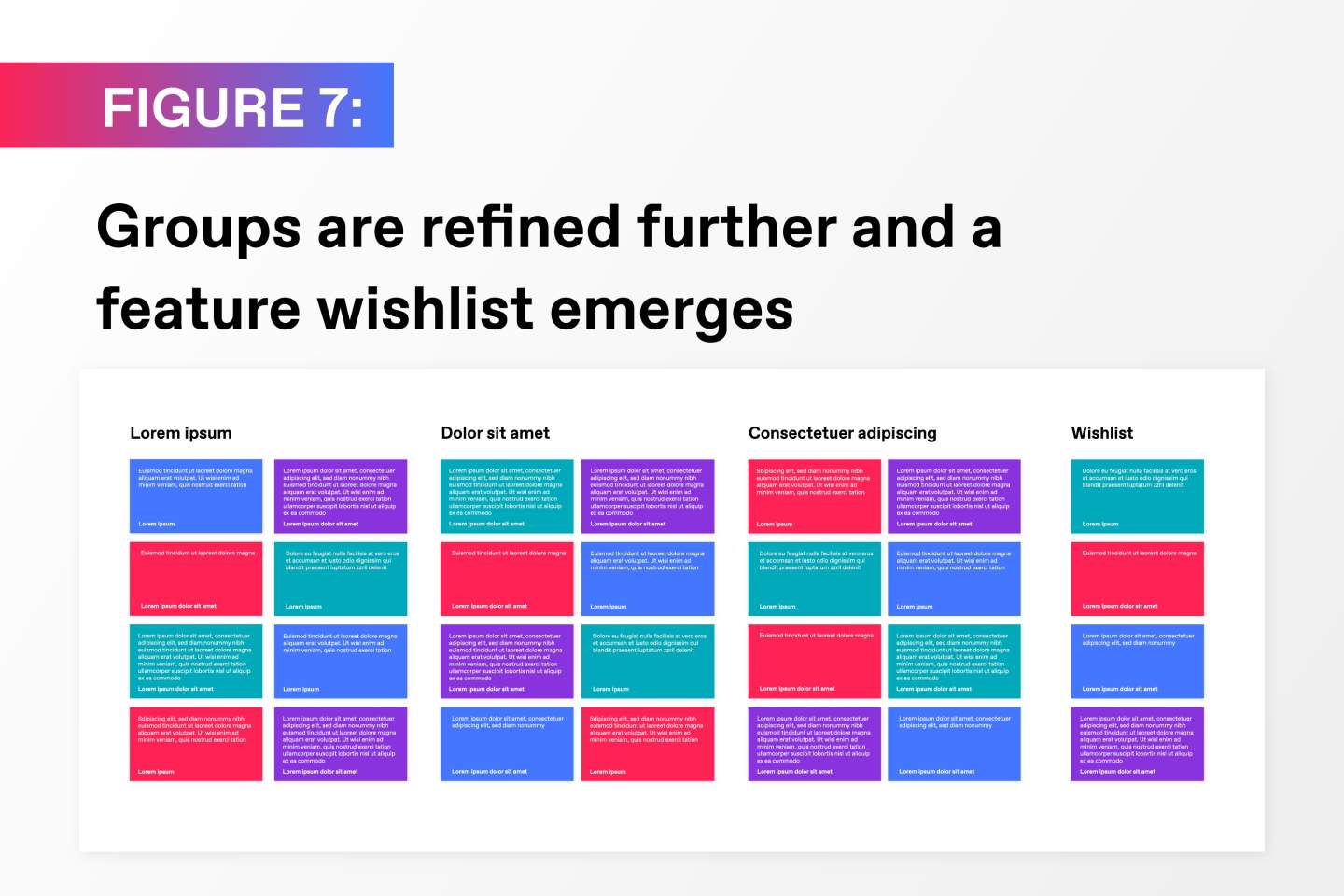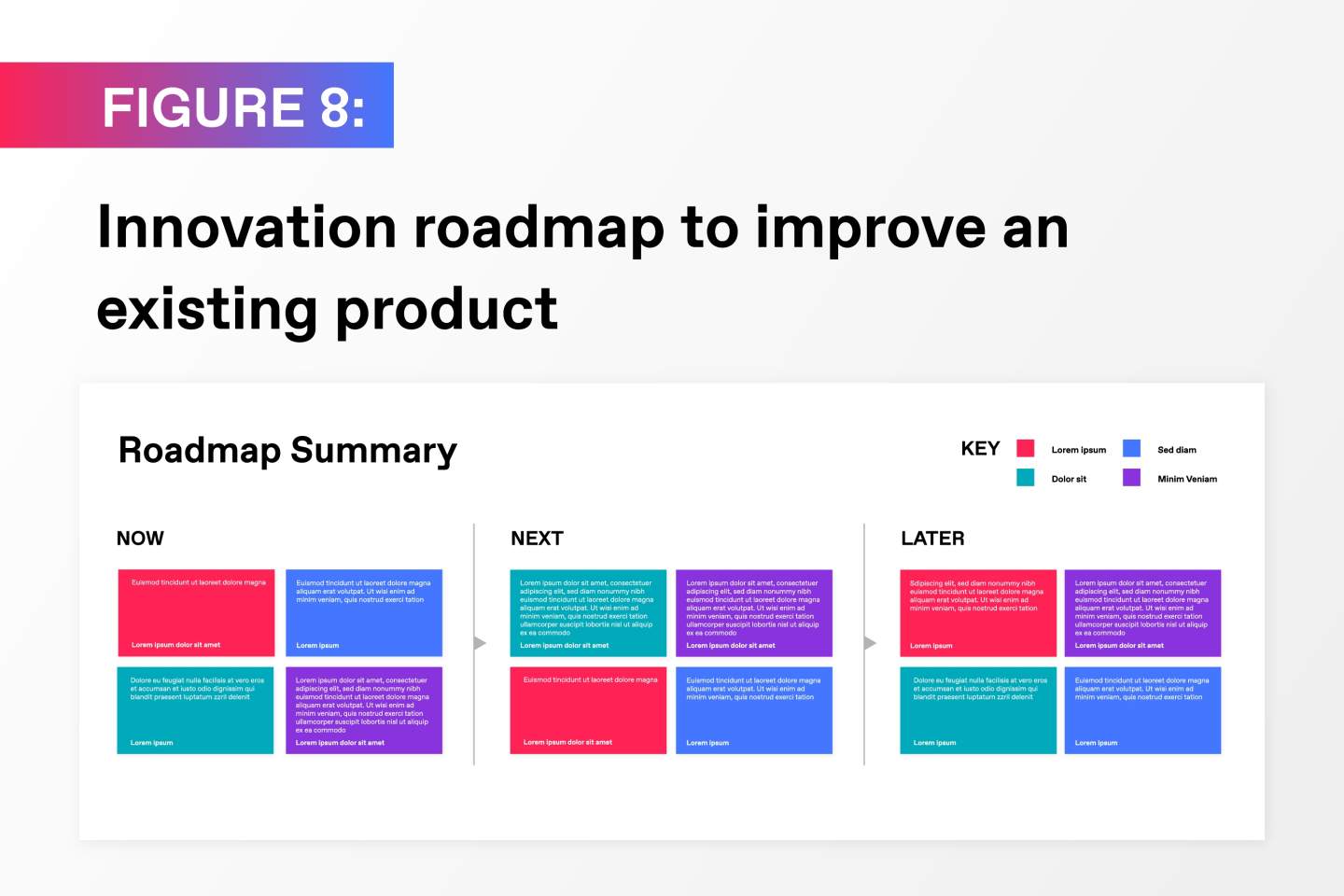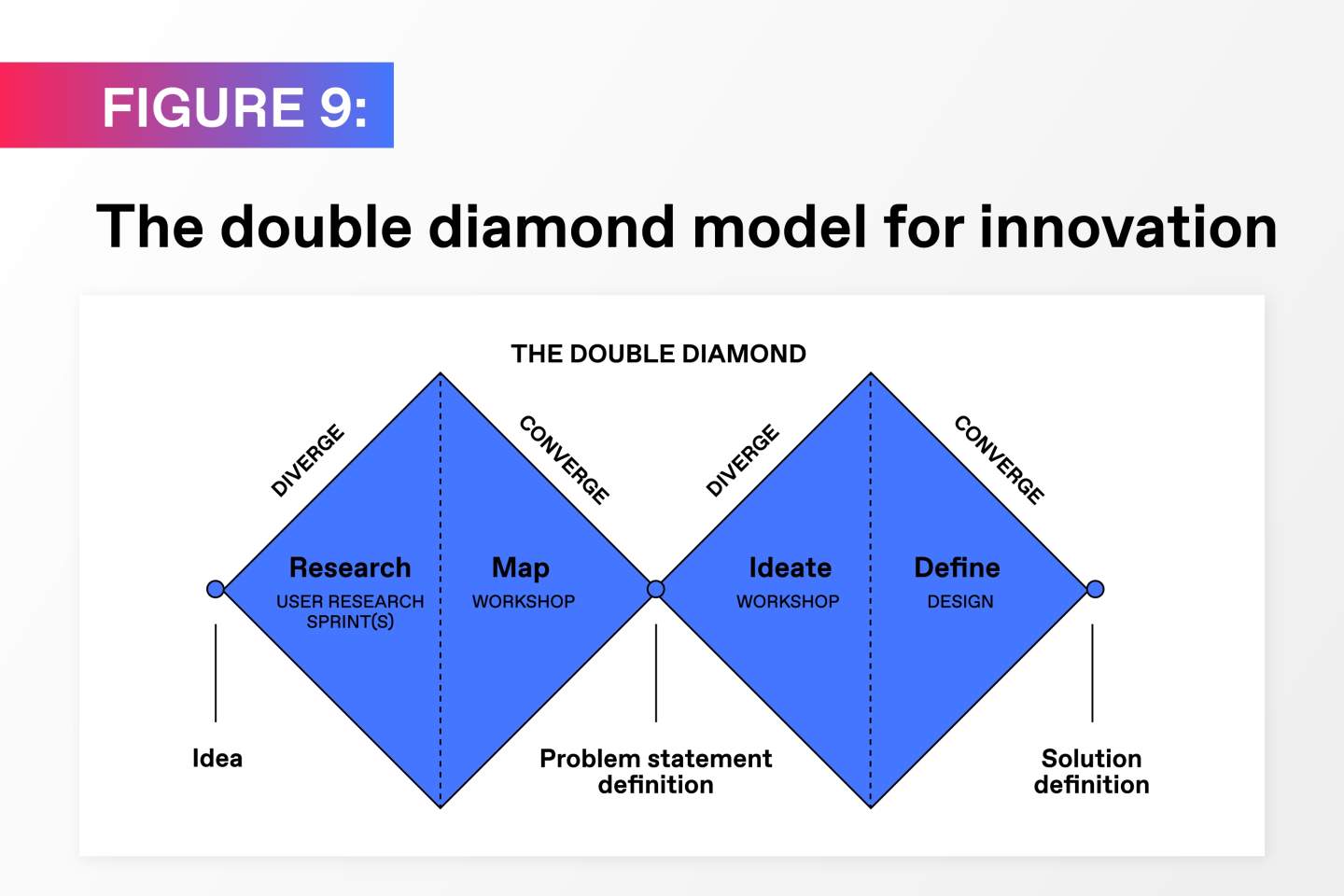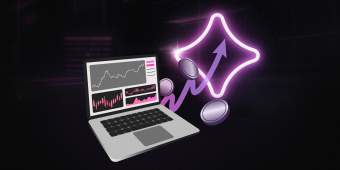This initial roadmap helps set expectations for stakeholders and serves as a kind of overview for the innovation manager in charge. As a project progresses, most teams will develop additional roadmaps to guide their work.
The catch: because the whole point of product innovation is to discover new things as you go, you won’t know what your roadmaps look like until you start. But an experienced innovation manager will have plenty of tools and strategies to draw on to create subsequent roadmaps as the project progresses.
This quote from E. L. Doctorow may be helpful here: “[It’s] like driving at night in the fog. You can only see as far as your headlights, but you can make the whole trip that way.”
Doctorow was talking about writing a novel, but he might as well have been talking about product innovation. You can’t expect to see the end from the start, but if you’ve got the right competencies and tools at your disposal, you’ll get where you want to be.
Now let’s take a look at how innovation roadmaps can function.
Roadmaps to de-risk the innovation process
Roadmaps are valuable to the folks actually doing the work of innovation because they help clarify the process. But they can also be a valuable tool for getting buy-in from other stakeholders, including executives who may be skeptical about investments in innovation.
When you can show a concrete timeline like the one in Figure 1, you give decision makers something to hold on to. You can affix milestones to each phase in your roadmap and explain to stakeholders how you’ll show that you’ve reached these milestones.
Just as a roadmap for a cross-country trip helps you know you’re on the right path by flagging important landmarks, an innovation roadmap offers key innovation goals along the way. It makes a journey less risky because it offers check-in points so you can adjust course if and when you’re not hitting the milestones you planned to.
Another way to get stakeholder buy-in for innovation is to illustrate how roadmaps can de-risk the process of innovation. They do this most effectively when an experienced innovation manager is the one building the roadmap and keeping the team on task.
To understand how, let’s do a deep dive into the “synthesis” phase of the innovation process (in the roadmap above, happening in late March and early April). In this phase, an experienced innovation manager will help their team bring together (aka synthesize) all the information they’ve gathered so far and use it to build a roadmap for the next phase of the project.
That’s no easy feat: our head of design once described the process as akin to “building cubes from fog.” But it’s highly effective: because the roadmap built during synthesis is informed by user conversations, stakeholder interviews, and in-depth industry and market research, it is a key de-risking tool. It puts the innovation team on a path that they are confident will lead to a solution that works (e.g., a product people love).
Let’s take a look at how innovation teams use a series of evolving visualizations to transform lots of unstructured information into a clear wishlist of opportunities.


